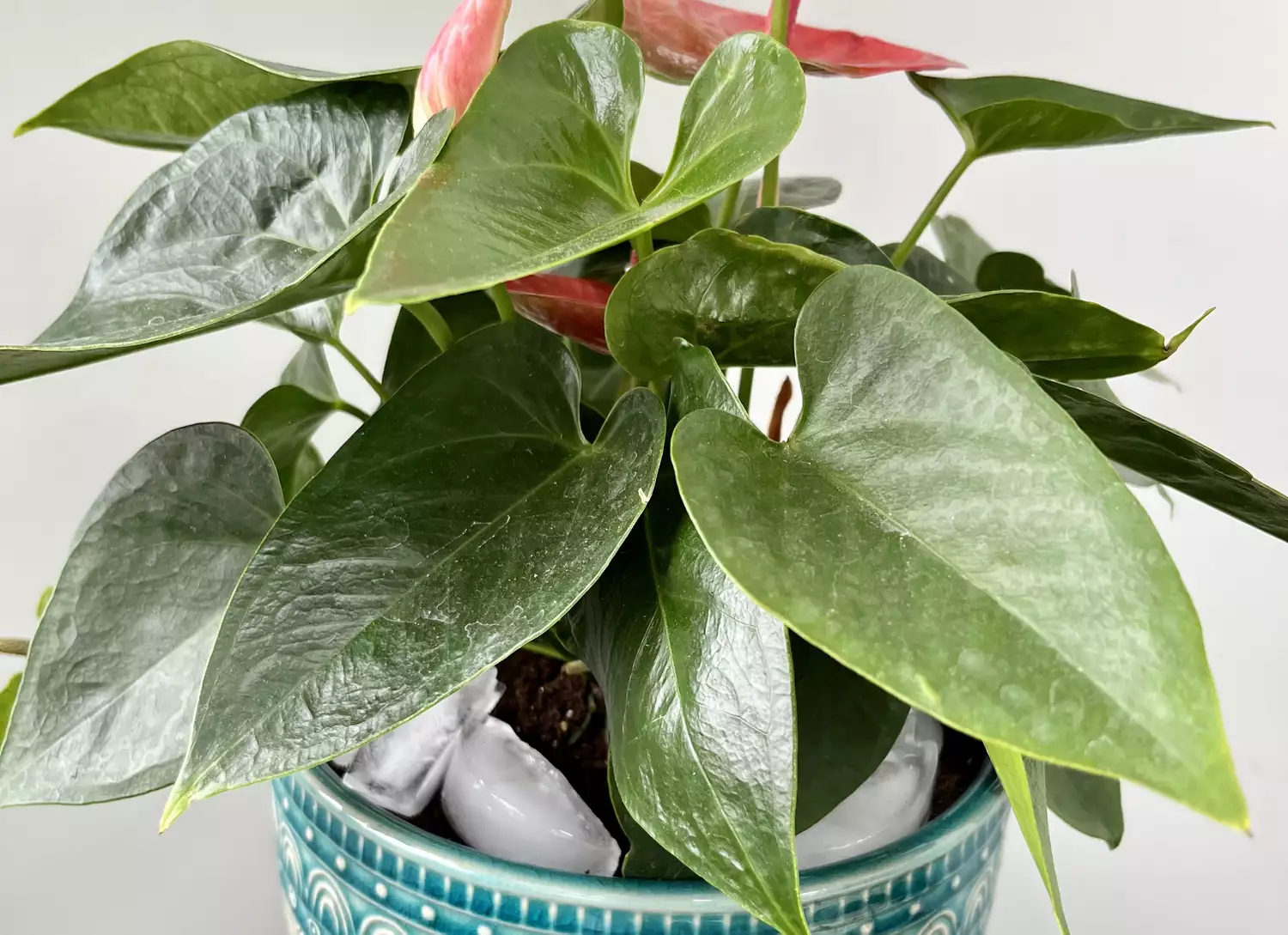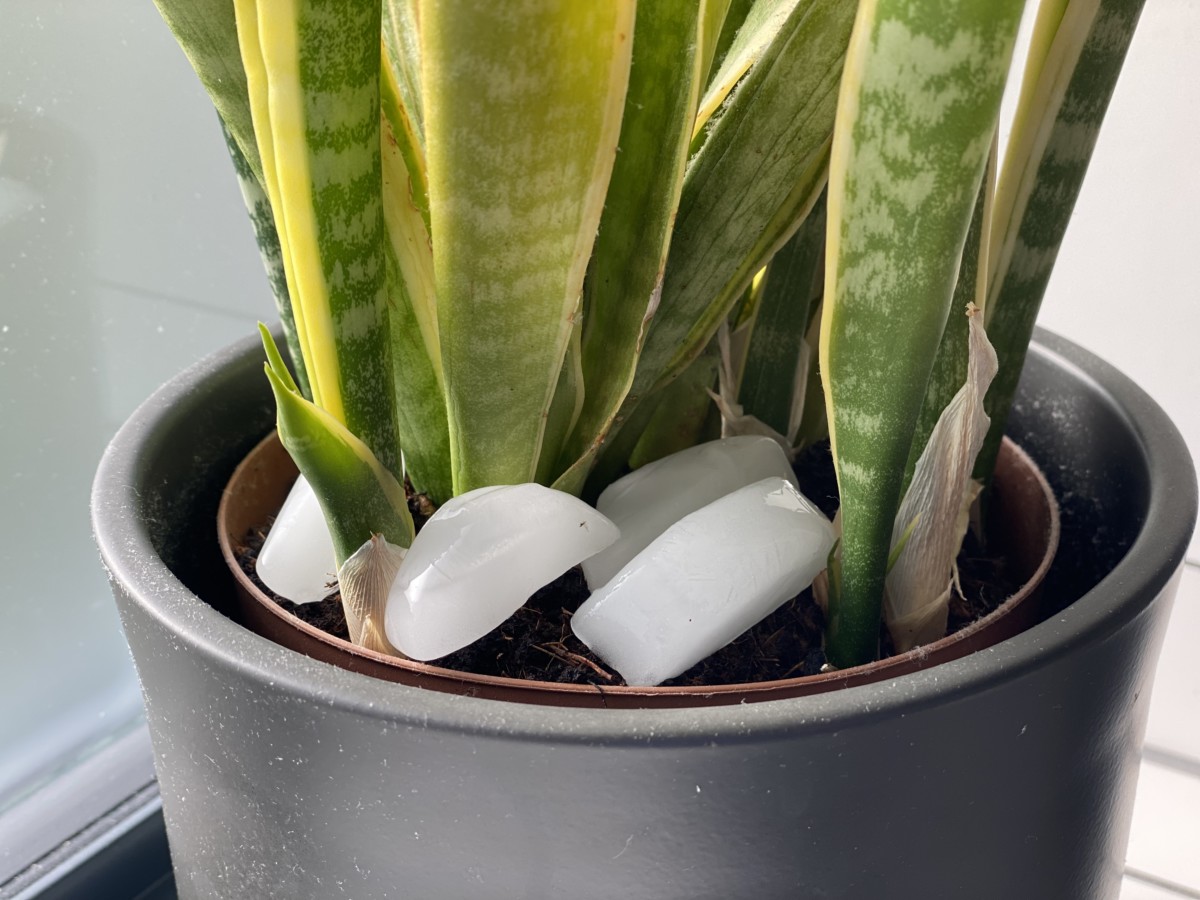
Social media is full of so-called hacks to make your life easier. When it comes to houseplants, there are plenty of experts claiming the best ways to care for them. However, just because someone has thousands of followers doesn’t mean the information they are providing is credible. Take, for example, watering your houseplants with ice cubes. This has become a trend and is often recommended to people who may forget to water their plants as an easy and practical solution. Although it may sound like a good idea, in practice this method could be harmful to your indoor plants.
- Autumn Hilliard-Knapp is a horticulturist and the marketing coordinator for My Perfect Plants Nursery in Florida.
- Leslie F. Halleck is a certified professional horticulturist based in Dallas, Texas, and the author of Gardening Under Lights,
- Lisa Mad is the resident plant expert for Rosy soil.
Houseplants Aren’t Used to Cold Temperatures
Most houseplants are tropical plants that come from hot and humid climates. In their natural habitat, houseplants would never be exposed to ice or cold temperatures. “The chilling effect of ice can certainly disrupt the roots, causing them to enter a state of shock,” Autumn Hilliard-Knapp, horticulturist and marketing coordinator for My Perfect Plants Nursery in Florida.
Plants absorb water and nutrients through their roots and watering with ice could lead to insufficient water reaching the roots. “The slow melting of ice cubes may result in uneven watering and inadequate hydration for the entire root system,” explains Lisa Madz, resident plant expert of Rosy soil.
According to Leslie F. Halleck, certified professional horticulturist based in Dallas, Texas and author of Gardening Under Lights, “A few ice cubes on the top of the growing media may not provide enough water for a medium to large plant, leaving the lower roots consistently too dry.” If you’re not sure if your plants are receiving sufficient water, Halleck recommends using a moisture meter.

Overwatering and Root Damage
Overwatering or giving your houseplants too much water is also possible with ice. “Using ice cubes to water your plants can inadvertently lead to overwatering, which can result in root rot and ultimately, the demise of your plant,” says Madz. Halleck says overwatering can also lead to specific root fungal and bacterial diseases as well as a diminished root system.

If you water with ice cubes to minimize overwatering, you may be wondering how it’s possible to still provide too much water. “Even though the absorption of water from ice cubes may be slower, it’s still possible to inundate your plant with too much water, especially if it doesn’t have proper drainage in its pot,” says Hilliard-Knapp.
Watering too much typically occurs when you give H20 faster than a plant can absorb the water. “True overwatering can be a result of watering too frequently and not allowing growing media to dry enough between waterings (species dependent),” says Halleck. “It can also be the result of using the wrong type of container or a container without drainage holes.”
How Do You Know When a Plant Needs Water?
One of the most important ways to keep your houseplants happy is by providing sufficient water. The key is knowing when a plant needs water. “I recommend periodically inspecting the moisture level of your plant’s soil to determine if it requires watering,” says Hilliard-Knapp. “When the top layer of soil, about 2-3 inches deep, feels dry to the touch, it is a sign that your plant is ready to be watered.”
What’s the Best Method for Watering Houseplants?
Taking care of houseplants doesn’t require special hacks or tools, but it does require observation. Forget ice, houseplants do best with room-temperature water. So what’s the best way to water your houseplants? “Provide a thorough watering, allowing water to drain from the bottom of the pot,” Madz says. “Wait until the top inch or two of the soil is dry before watering again.” Watering your plants in this manner ensures consistent hydration and prevents issues that can arise with ice cubes.






